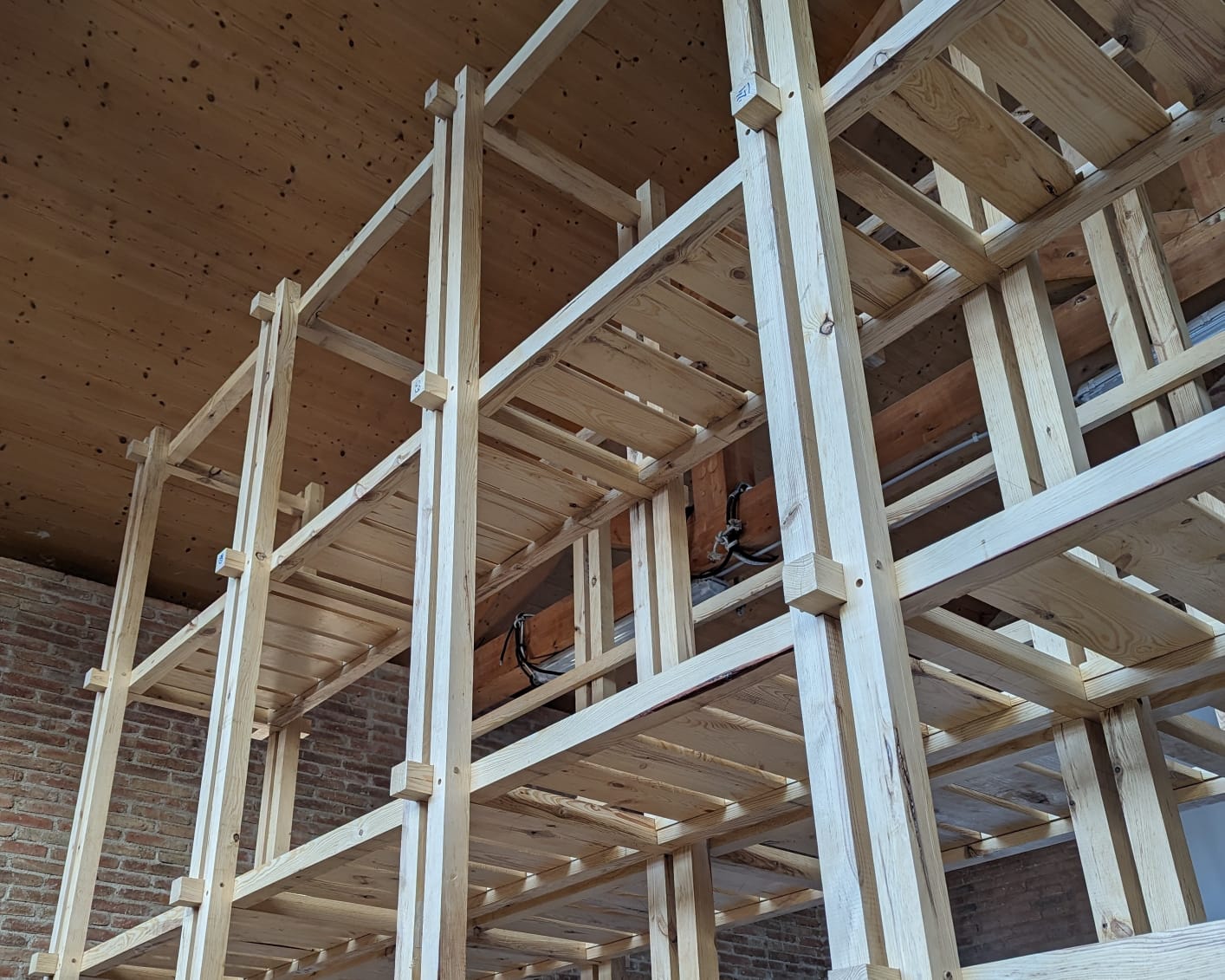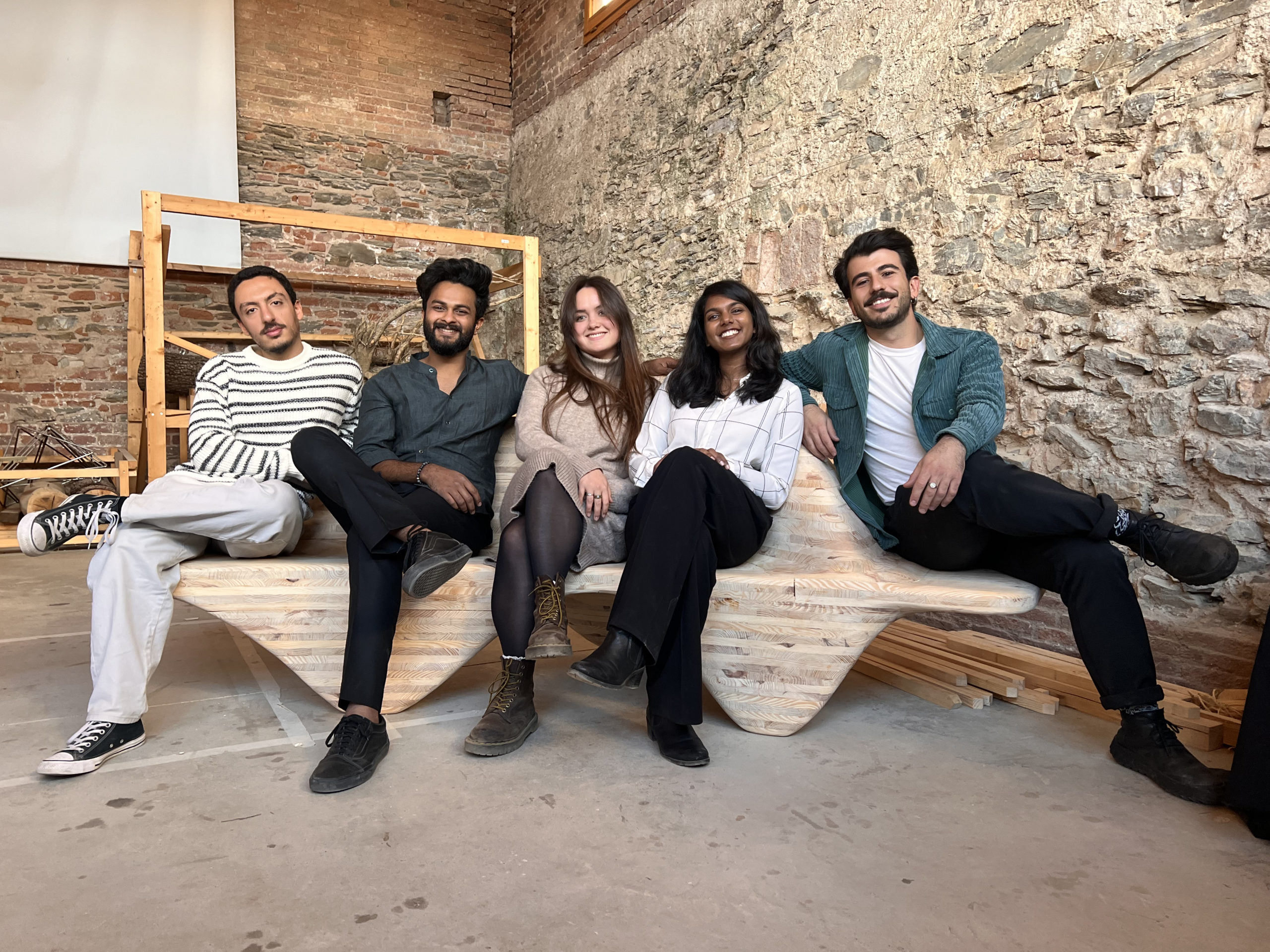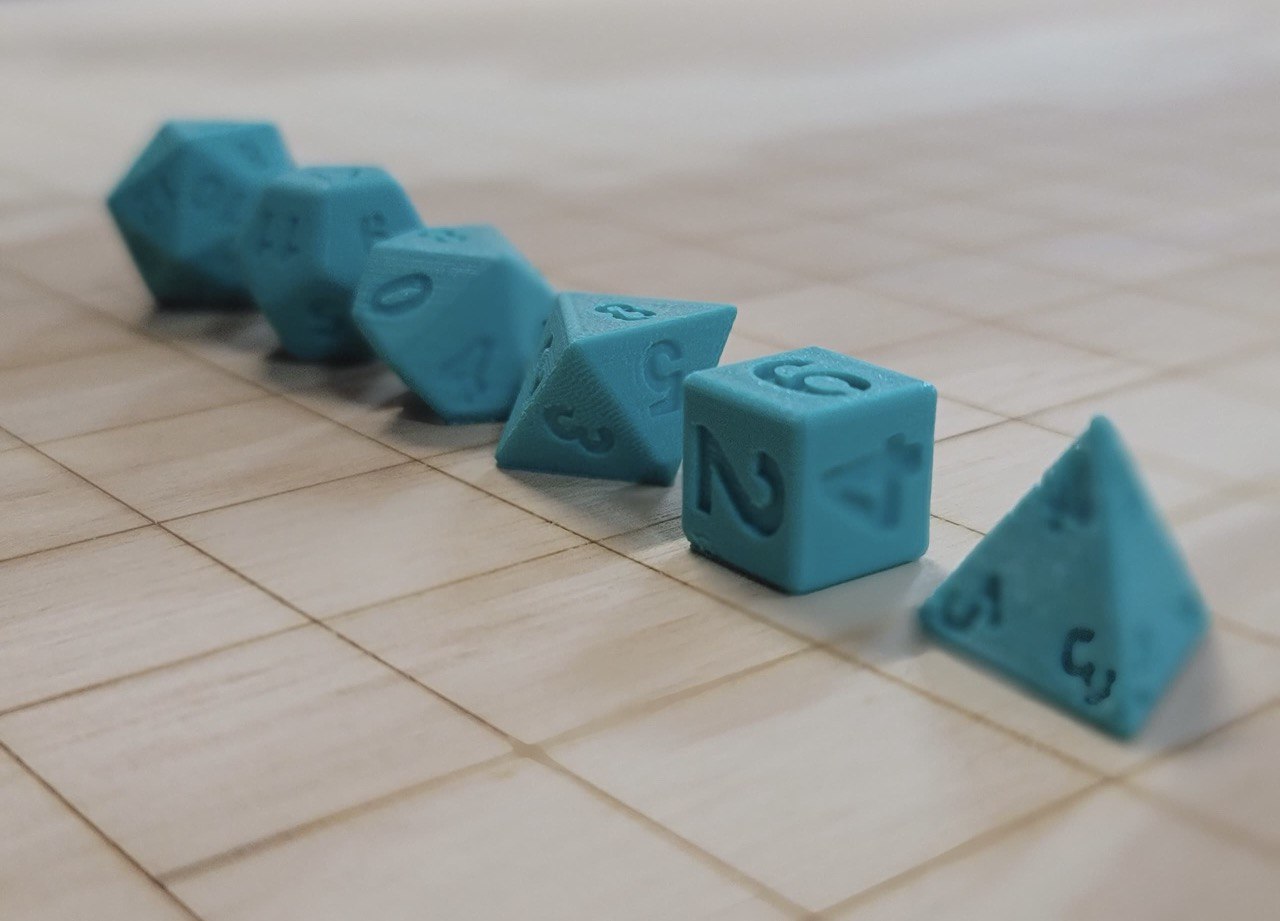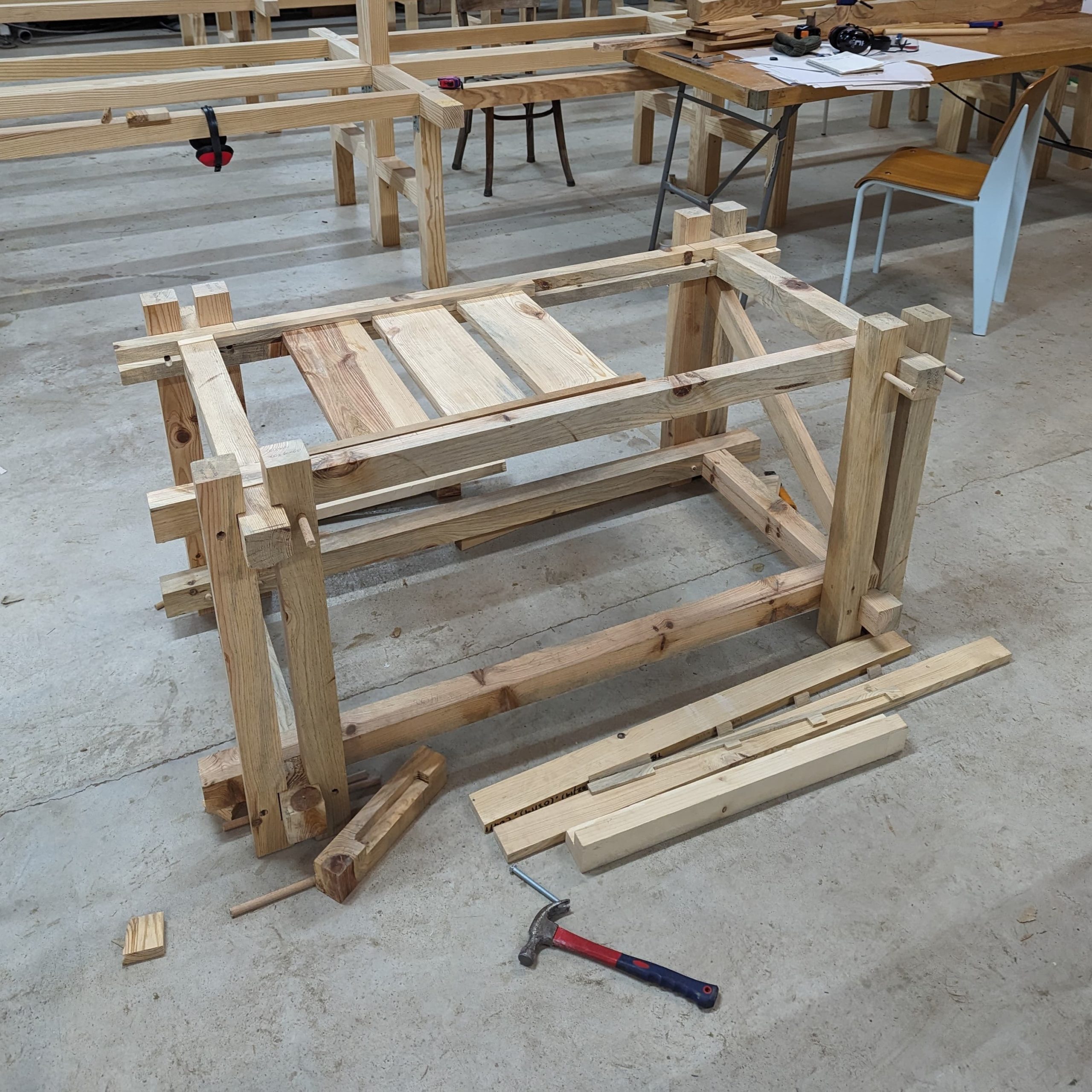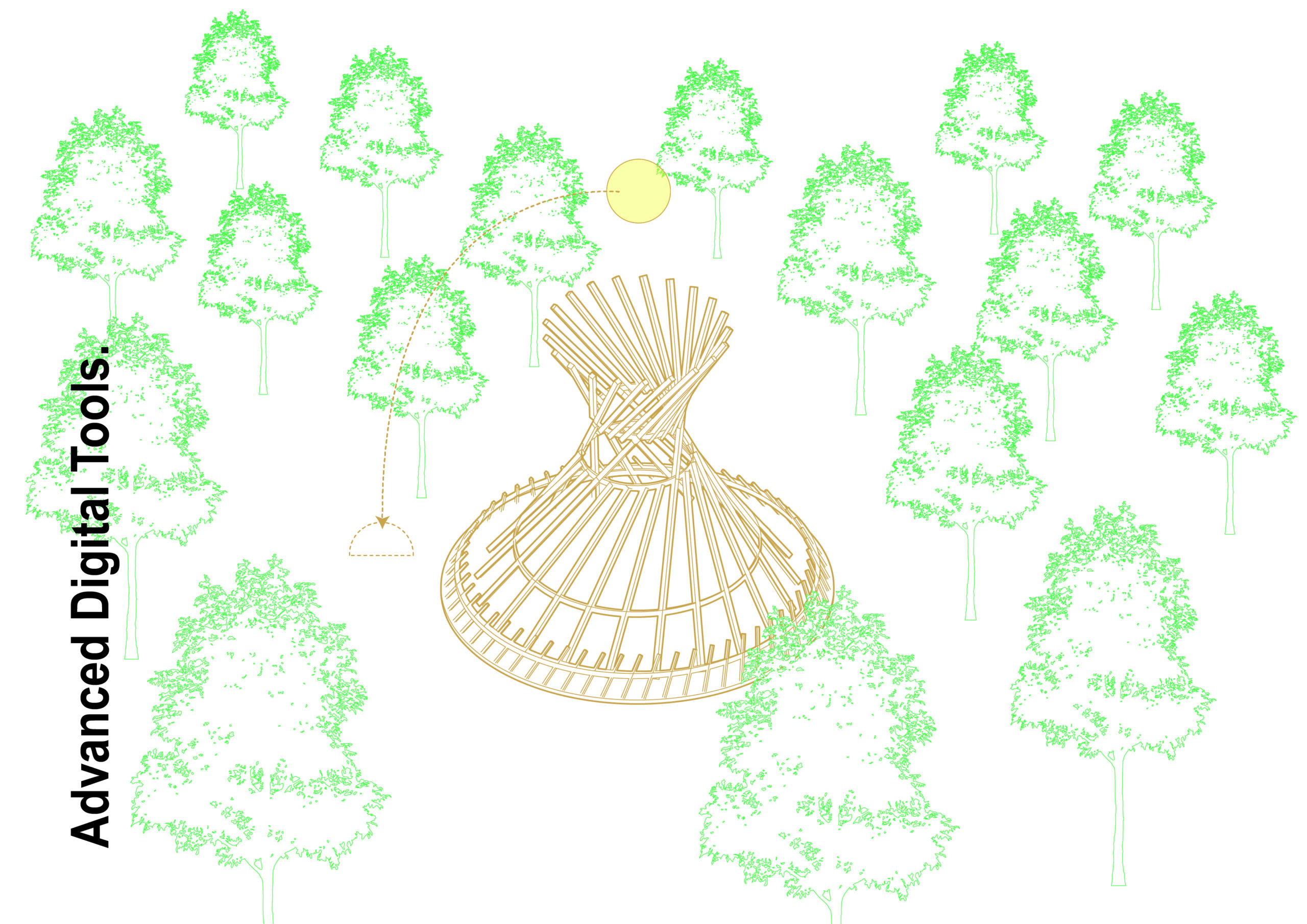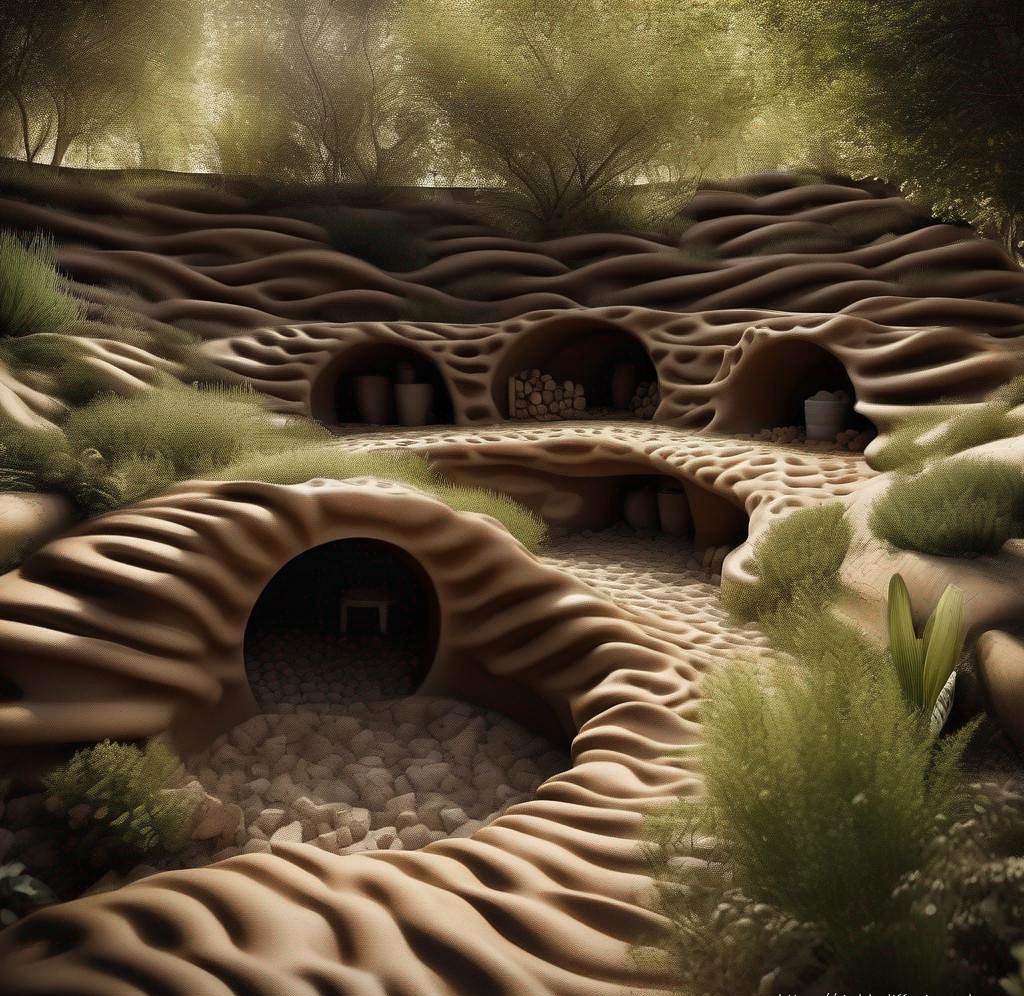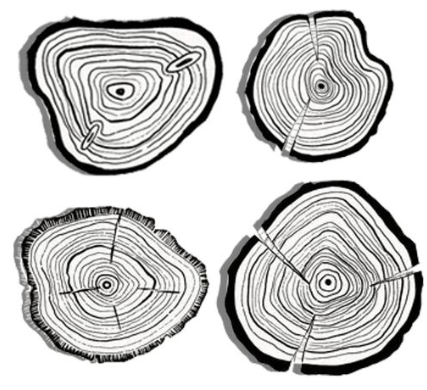Notched In
“Notched In” is the final project developed as part of the Collaborative Design Studio course, which aimed to produce a shelving system to be used as a vertical farm at the Máquina Climática exhibition that will take place at the Invernadero from Parque de la Ciutadella (Barcelona/Catalonia). Shelving System For Vertical Farming No glues, No … Read more

